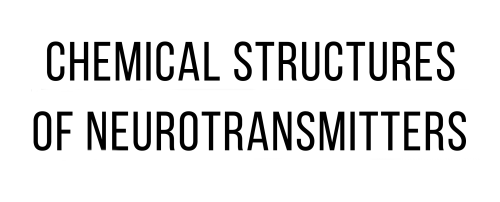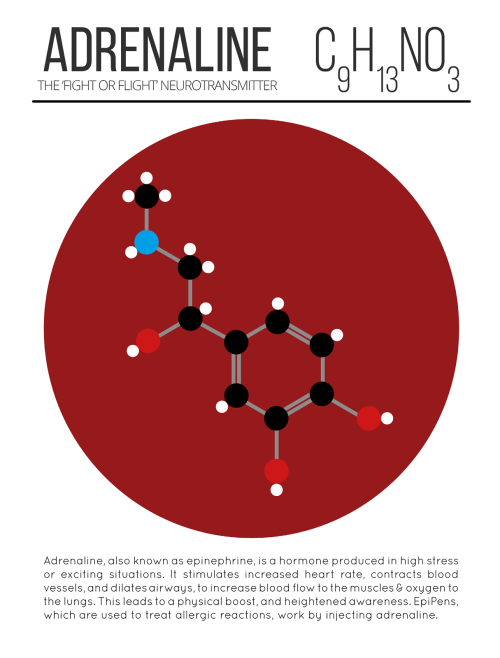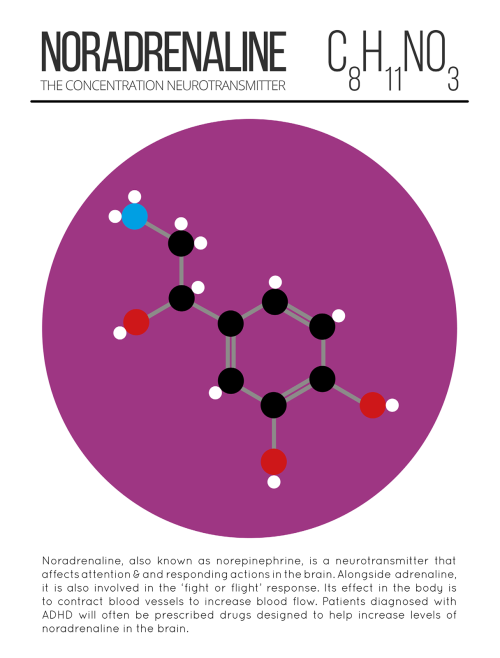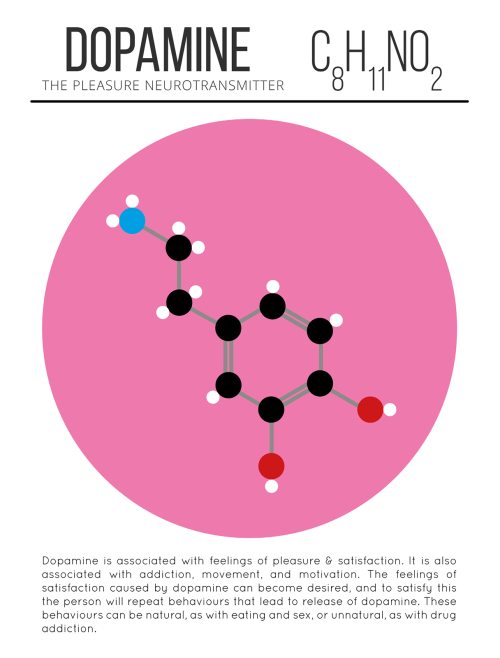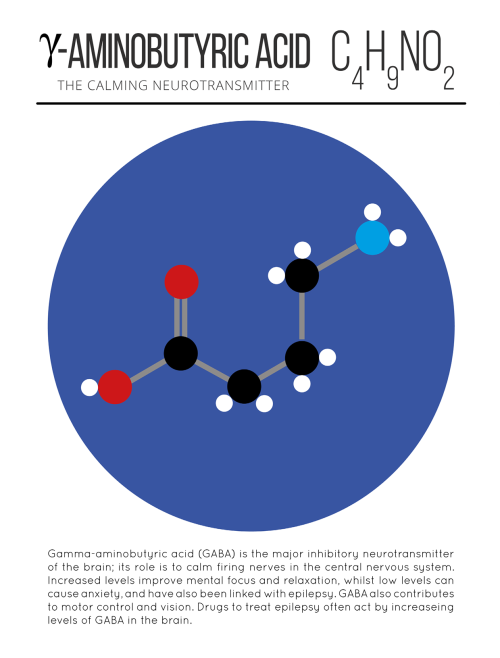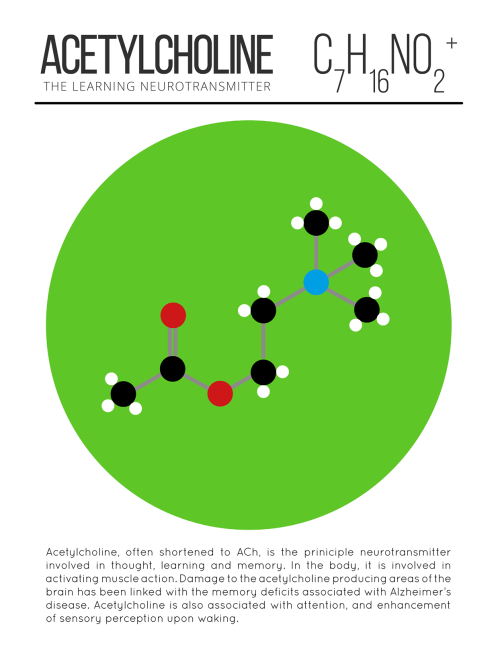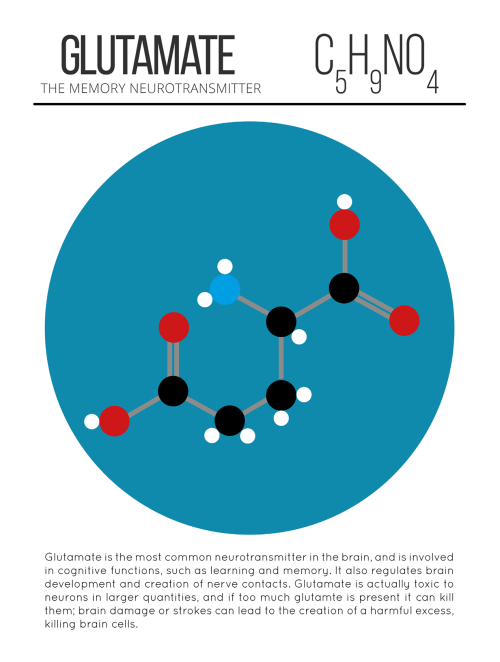Maryam Mirzakhani Was An Iranian mathematician And A Professor Of Mathematics At Stanford University.
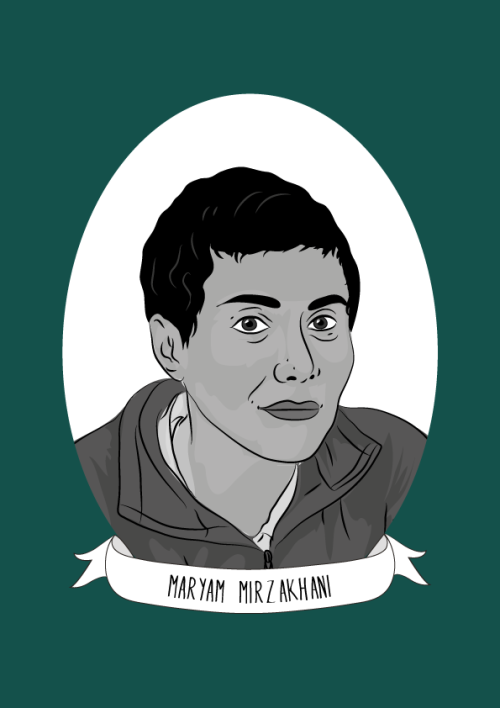
Maryam Mirzakhani was an Iranian mathematician and a professor of mathematics at Stanford University. She was the first-ever female winner of the prestigious Fields Medal prize and the first Iranian to be honoured with the award.
Mirzakhani was born in Tehran, Iran. She attended Farzanegan School, which was part of the National Organization for Development of Exceptional Talents. In both 1994 and 1995 she won the International Mathematical Olympiads for high-school students. In the 1995 International Mathematical Olympiad, she became the first Iranian student to achieve a perfect score and to win two gold medals.
Mirzakhani continued her education at Sharif University of Technology in Tehran, where she earned a BSc in Mathematics. After this, she undertook a a Ph.D. from Harvard University. She worked under the supervision of the Fields Medalist Curtis T. McMullen, and her dissertation focused on Simple Geodesics on Hyperbolic Surfaces and Volume of the Moduli Space of Curves. She had a unique way of working, and “would spend hours on the floor with supersized canvases of paper, sketching out ideas, drawing diagrams and formulae, often leading Anahita [her daughter] to say, “Oh, Mommy is painting again!” Mirzankhani said that “I don’t have any particular recipe [for developing new proofs] … It is like being lost in a jungle and trying to use all the knowledge that you can gather to come up with some new tricks, and with some luck you might find a way out.”
From 2004 to 2008 she was a Clay Mathematics Institute Research Fellow and an assistant professor at Princeton University. She then became a professor at Stanford University where she specialized in theoretical mathematics including moduli spaces, Teichmüller theory, hyperbolic geometry, Ergodic theory and symplectic geometry.”
In 2014, Mirzakhani was awarded the Fields Medal prize for her work on complex geometry and dynamic systems, becoming the first-ever female winner and the first Iranian to be honoured with the award. During her lifetime, she won a number of awards including the 2009 Blumenthal Award for the Advancement of Research in Pure Mathematics and the 2013 Satter Prize of the American Mathematical Society. She worked up until her death in 2017, and was still producing amazing mathematics during her battle with cancer over the last few years.
Sources here, here, here, here and here
More Posts from Contradictiontonature and Others

Swarms of magnetic bacteria could be used to deliver drugs to tumors
Researchers funded in part by the National Institute of Biomedical Imaging and Bioengineering (NIBIB) have recently shown that magnetic bacteria are a promising vehicle for more efficiently delivering tumor-fighting drugs. They reported their results in the August 2016 issue of Nature Nanotechnology.
Ouajdi Felfoul, Mahmood Mohammadi, Samira Taherkhani, Dominic de Lanauze, Yong Zhong Xu, Dumitru Loghin, Sherief Essa, Sylwia Jancik, Daniel Houle, Michel Lafleur, Louis Gaboury, Maryam Tabrizian, Neila Kaou, Michael Atkin, Té Vuong, Gerald Batist, Nicole Beauchemin, Danuta Radzioch, Sylvain Martel. Magneto-aerotactic bacteria deliver drug-containing nanoliposomes to tumour hypoxic regions. Nature Nanotechnology, 2016; DOI: 10.1038/nnano.2016.137
Illustration showing magnetic bacteria delivering drugs to a tumor. Credit: NanoRobotics Laboratory, Polytechnique Montreal
The race to map the human body — one cell at a time
The first time molecular biologist Greg Hannon flew through a tumour, he was astonished — and inspired. Using a virtual-reality model, Hannon and his colleagues at the University of Cambridge, UK, flew in and out of blood vessels, took stock of infiltrating immune cells and hatched an idea for an unprecedented tumour atlas.
“Holy crap!” he recalls thinking. “This is going to be just amazing.”
On 10 February, the London-based charity Cancer Research UK announced that Hannon’s team of molecular biologists, astronomers and game designers would receive up to £20 million (US$25 million) over the next five years to develop its interactive virtual-reality map of breast cancers. The tumour that Hannon flew through was a mock-up, but the real models will include data on the expression of thousands of genes and dozens of proteins in each cell of a tumour. The hope is that this spatial and functional detail could reveal more about the factors that influence a tumour’s response to treatment.
The project is just one of a string that aims to build a new generation of cell atlases: maps of organs or tumours that describe location and make-up of each cell in painstaking detail.

Genes to Brains
Over the years scientists have carefully mapped the brain, figuring out which regions perform different functions. Techniques such as functional MRI can show exactly which parts are active when people are doing all kinds of other tasks. Detailed microscopy and brain-scanning studies have traced the intricate network of connections between nerve cells in the brain, revealing the inner wiring of this powerful biological computer. But until now, nobody has tried to link patterns of gene activity into this functional and structural information. For the first time, researchers have generated this map of the brain, with each colour highlighting a particular group of genes that seem to be linked to that region. There are many variations in human genes that can influence traits and conditions affecting the brain, such as intelligence or autism, and this is the first step towards figuring out exactly how these genetic variations might exert their effects.
Written by Kat Arney
Image from work by Qian Peng and colleagues
Department of Human Biology, J. Craig Venter Institute, and Multimodal Imaging Laboratory, Department of Radiology, University of California San Diego, La Jolla, CA, USA
Image originally published under a Creative Commons Licence (BY 4.0)
Published in PLOS Genetics, July 2016
You can also follow BPoD on Twitter and Facebook

It’s nearly the season of the witch: time for some cauldron chemistry
Midwives and nurses sometimes came under suspicion because of their specialised knowledge and success - or failure - in treating those who were sick. These healing roles were traditionally taken on by women who, until around the turn of the nineteenth century, were excluded from formal medical training. However, many still practiced medicine in their homes and villages, and what they had learned came from shared knowledge and trial and error, rather than accepted official sources. A medical education might not have been a great help in any case. In the days before germ theory the causes of sickness and the reasons for recovery were not obvious. Any recoveries could be seen as miraculous … or the result of witchcraft.
Treating sickness and disease pre-germ theory was largely guesswork. All sorts of noxious compounds were administered to ailing individuals, and if they produced any effect on the body, be it vomiting, diarrhoea or sweating, it was seen as a good thing – and that was the practice of the so-called professionals. It is not hard to see how images of unofficial healers and herbalists (both men and women) stooping over boiling pots of herbs, roots and who-knows-what, could become a template for the image of a witch, especially when many of the concoctions they produced had such unpleasant effects on their patients.
Having said that, herbalists and traditional healers should not be dismissed as completely ignorant of the medical benefits of some of the plants and poultices they used. Some of the ingredients associated with traditional healing and witches’ potions have been found to be hugely beneficial to medicine once they have been isolated, tested and modified. Science has enabled us to identify the key components of some plants and test them to determine how and when they should be administered safely and effectively. Chemists have modified the structures of some of the compounds to reduce side-effects, make drugs more potent or lower their toxicity.

A mighty membrane that twists and turns through the gut is starting the new year with a new classification: the structure, called the mesentery, has been upgraded to an organ.
Scientists have known about the structure, which connects a person’s small and large intestines to the abdominal wall and anchors them in place, according to the Mayo Clinic. However, until now, it was thought of as a number of distinct membranes by most scientists. Interestingly, in one of its earliest descriptions, none other than Leonardo da Vinci identified the membranes as a single structure, according to a recent review.


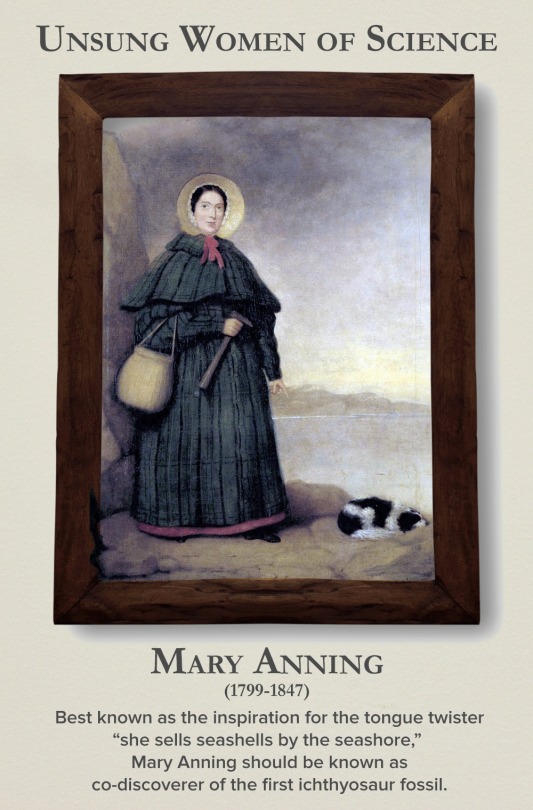

Today is the International Day of Women and Girls in Science, so let’s write women back into science history. Check out the gallery here.
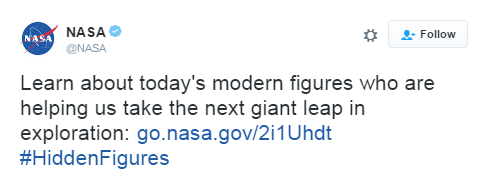
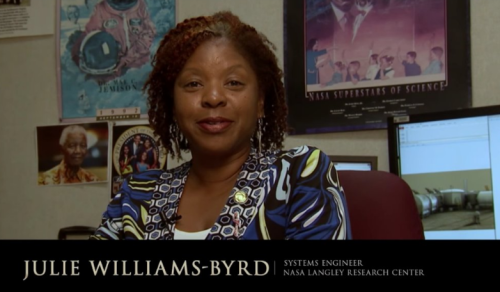
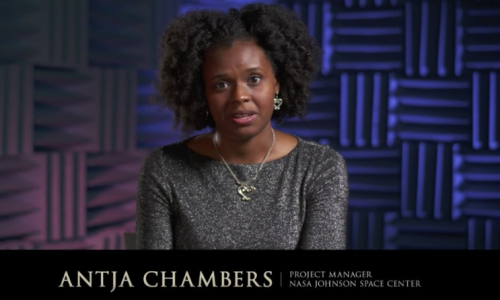
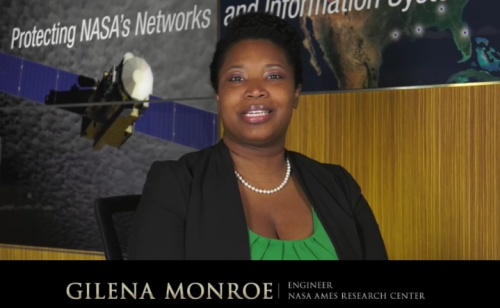
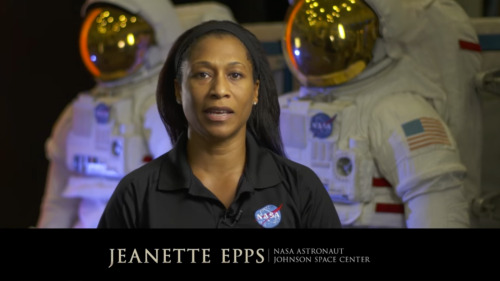
The film “Hidden Figures,” based on the book by Margot Lee Shetterly, focuses on the stories of Katherine Johnson (left, after receiving the Medal of Freedom in 2015), Mary Jackson and Dorothy Vaughan, African-American women who were essential to the success of early spaceflight. Today, NASA embraces their legacy and strives to include everyone who wants to participate in its ongoing exploration. “Progress is driven by questioning our assumptions and cultural assumptions,” NASA Administrator Charles Bolden says in a new video. “Embracing diversity and inclusion is how we as a nation will take the next giant leap in exploration.“
- Source
Let’s learn about today’s black heroes we all can look up to!

Quote from Sau Lan Wu, scientist who discovered the #higgsboson. More quotes like this one to inspire you in my I Love Science Journal coming to stores in March. Preorder now on Amazon! #ilovescience #womeninscience #scientificliteracy
Gertrude B. Elion: Women who changed science
With the drugs that she created, Gertrude Elion fulfilled her life’s mission: to alleviate human suffering. Beyond the individual drugs she discovered, she pioneered a new, more scientific approach to drug development that forever altered – and accelerated – medical research.
Discover her story at
https://www.nobelprize.org/womenwhochangedscience/stories
-
 wakayume liked this · 10 months ago
wakayume liked this · 10 months ago -
 alfiosama liked this · 1 year ago
alfiosama liked this · 1 year ago -
 myscorpiomind liked this · 4 years ago
myscorpiomind liked this · 4 years ago -
 sinataj liked this · 4 years ago
sinataj liked this · 4 years ago -
 kalopyrgos1 reblogged this · 5 years ago
kalopyrgos1 reblogged this · 5 years ago -
 heartofa15thlion liked this · 5 years ago
heartofa15thlion liked this · 5 years ago -
 panda-poes reblogged this · 6 years ago
panda-poes reblogged this · 6 years ago -
 pretty-enouugh liked this · 6 years ago
pretty-enouugh liked this · 6 years ago -
 blxckhippiee liked this · 6 years ago
blxckhippiee liked this · 6 years ago -
 bossbig liked this · 6 years ago
bossbig liked this · 6 years ago -
 1nferno liked this · 6 years ago
1nferno liked this · 6 years ago -
 calumbalumwalum liked this · 7 years ago
calumbalumwalum liked this · 7 years ago -
 argonthestablesciencekiddo liked this · 7 years ago
argonthestablesciencekiddo liked this · 7 years ago -
 tormasz liked this · 7 years ago
tormasz liked this · 7 years ago -
 myshkine reblogged this · 7 years ago
myshkine reblogged this · 7 years ago -
 thatbarkingdog reblogged this · 7 years ago
thatbarkingdog reblogged this · 7 years ago -
 hanami-sushi liked this · 7 years ago
hanami-sushi liked this · 7 years ago -
 negarnet-blog liked this · 7 years ago
negarnet-blog liked this · 7 years ago -
 west150 liked this · 7 years ago
west150 liked this · 7 years ago -
 sadanandaom liked this · 7 years ago
sadanandaom liked this · 7 years ago -
 angelpeace8899 liked this · 7 years ago
angelpeace8899 liked this · 7 years ago -
 mykoseagull liked this · 7 years ago
mykoseagull liked this · 7 years ago -
 missradradrad reblogged this · 7 years ago
missradradrad reblogged this · 7 years ago -
 puddle-of-bastani liked this · 7 years ago
puddle-of-bastani liked this · 7 years ago -
 sophia9nour liked this · 7 years ago
sophia9nour liked this · 7 years ago -
 sophia9nour reblogged this · 7 years ago
sophia9nour reblogged this · 7 years ago -
 whiteskirting liked this · 7 years ago
whiteskirting liked this · 7 years ago -
 thedailypersian reblogged this · 7 years ago
thedailypersian reblogged this · 7 years ago -
 rfsartorivs liked this · 7 years ago
rfsartorivs liked this · 7 years ago -
 comeseeiran liked this · 7 years ago
comeseeiran liked this · 7 years ago -
 habibistanpashtunistan liked this · 7 years ago
habibistanpashtunistan liked this · 7 years ago -
 bluebeardswiife liked this · 7 years ago
bluebeardswiife liked this · 7 years ago -
 ro-lamperouge reblogged this · 7 years ago
ro-lamperouge reblogged this · 7 years ago -
 6mmgap reblogged this · 7 years ago
6mmgap reblogged this · 7 years ago -
 lolsleeping reblogged this · 7 years ago
lolsleeping reblogged this · 7 years ago -
 sayed-tumbles liked this · 7 years ago
sayed-tumbles liked this · 7 years ago -
 bandaribitch reblogged this · 7 years ago
bandaribitch reblogged this · 7 years ago -
 un-equalled reblogged this · 7 years ago
un-equalled reblogged this · 7 years ago -
 beautyofiran reblogged this · 7 years ago
beautyofiran reblogged this · 7 years ago -
 julesschratter liked this · 7 years ago
julesschratter liked this · 7 years ago -
 lunamoonmond liked this · 7 years ago
lunamoonmond liked this · 7 years ago
A pharmacist and a little science sideblog. "Knowledge belongs to humanity, and is the torch which illuminates the world." - Louis Pasteur
215 posts
